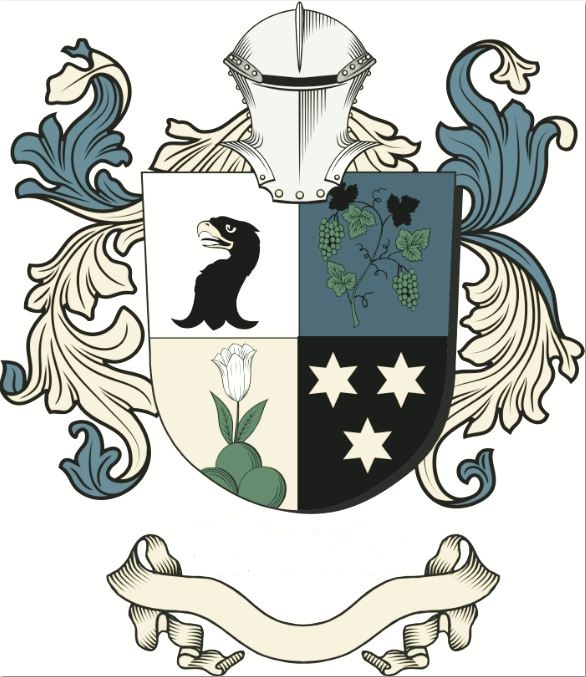Rosicrucian Society ™
The Greeks called that condition of homogeneityChaos, and the state of orderly segregation which we now see; the marching orbs which illumine the vaulted canopy of heaven, the stately procession of planets around a central light, the majestic sun; the unbroken sequence of the seasons and the unvarying alternation of tidal ebb and flow;—all this aggregate of systematic order, was calledCosmos, and was supposed to have proceeded from Chaos. The Christian Mystic obtains a deeper comprehension when he opens his Bible and ponders the first five verses of that brightest gem of all spiritual lore: the Gospel of St. John. As he reverently opens his aspiring heart to acquire understanding of those sublime mystical teachings he transcends the form-side of nature, comprising various realms of which we have been speaking, and finds himself[pg 106]“in the spirit,” as did the prophets in olden times. He is then in the Region of abstract Thought and sees the eternal verities which also Paul beheld in this, the third, heaven. For those among us who are unable to obtain knowledge save by reasoning upon the matter, however, it will be necessary to examine the fundamental meaning of words used by St. John to clothe his wonderful teaching, which was originally given in the Greek language, a much simpler matter than is commonly supposed, for Greek words have been freely introduced into our modern languages, particularly in scientific terms, and we shall show how this ancient teaching is supported by the latest discoveries of modern science. The opening verse of the gospel of St. John is as follows: “In the beginning was theWord, and the Word was with God, and theWord was God.” We will examine the words: “beginning,” “Word” and “God.” We may also note that in the Greek version the concluding sentence reads: “and God was the Word,” a difference which makes a great distinction. [pg 107]
|

© Copyright Societas Rosicruciana.com , 2008-2020 All Rights
Reserved
Home Join Manifesto History Degrees Society Contact High Degrees Rose Croix Degrees Rosicrucian References Resources Masonic Rosicrucian Degrees History Hermetic Beliefs The Magus Temple of Rosy Cross Prosperity Contact Society Confessio Fama Text Societas Rosicruciana Rosicrucian Thought Force Character Audio Books